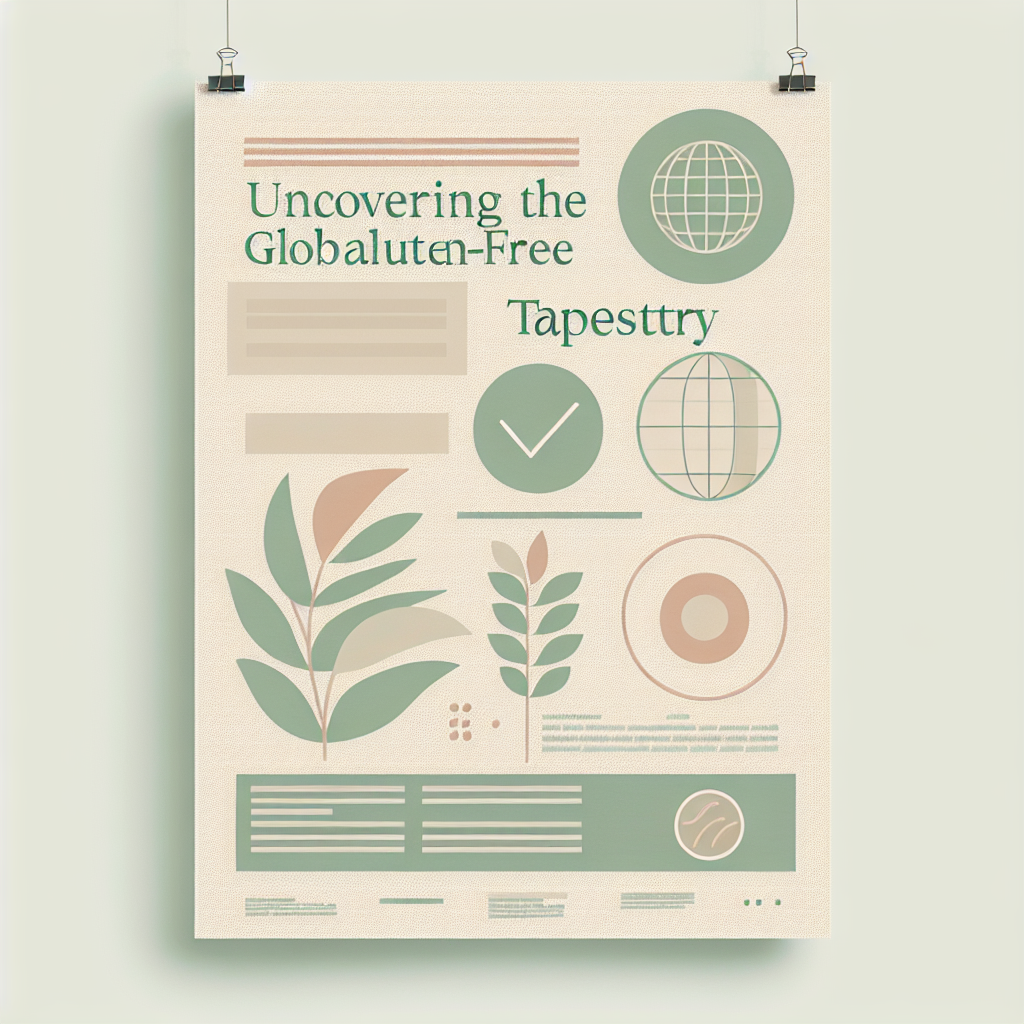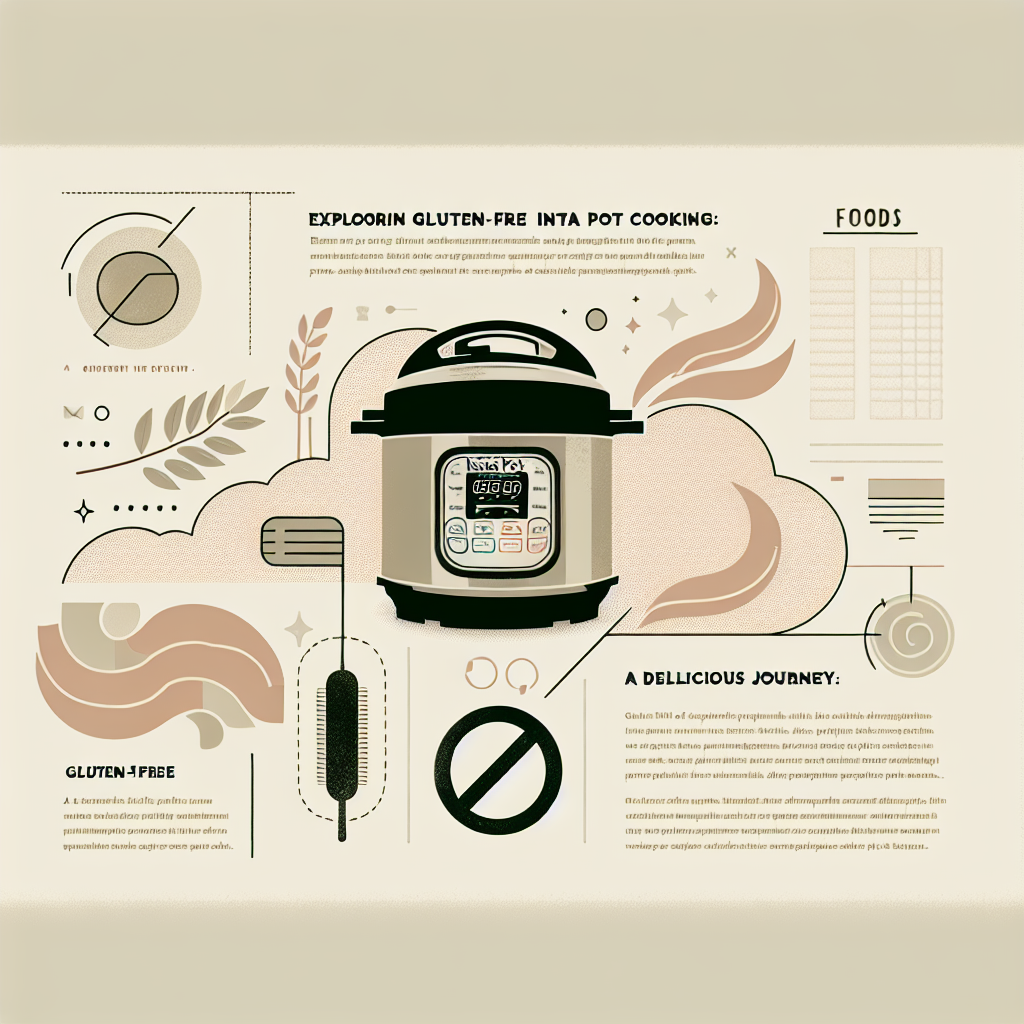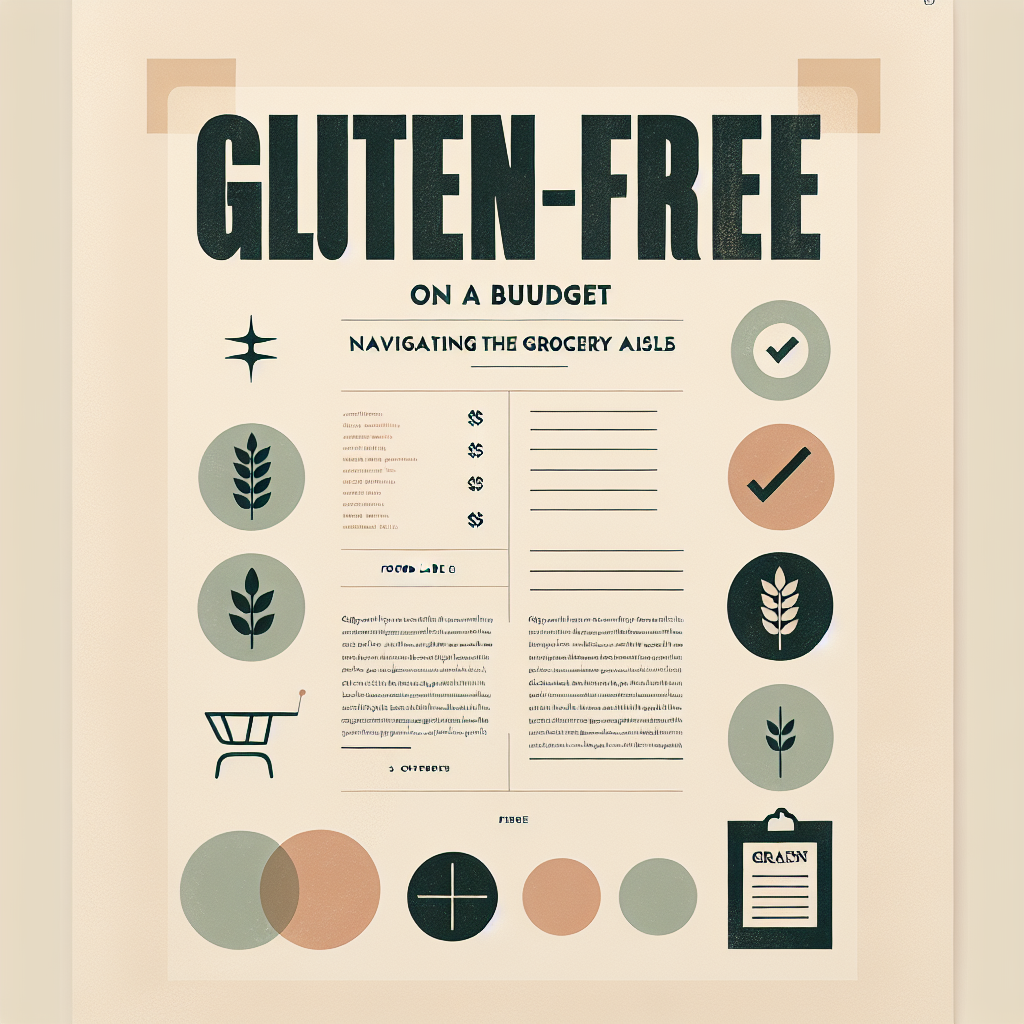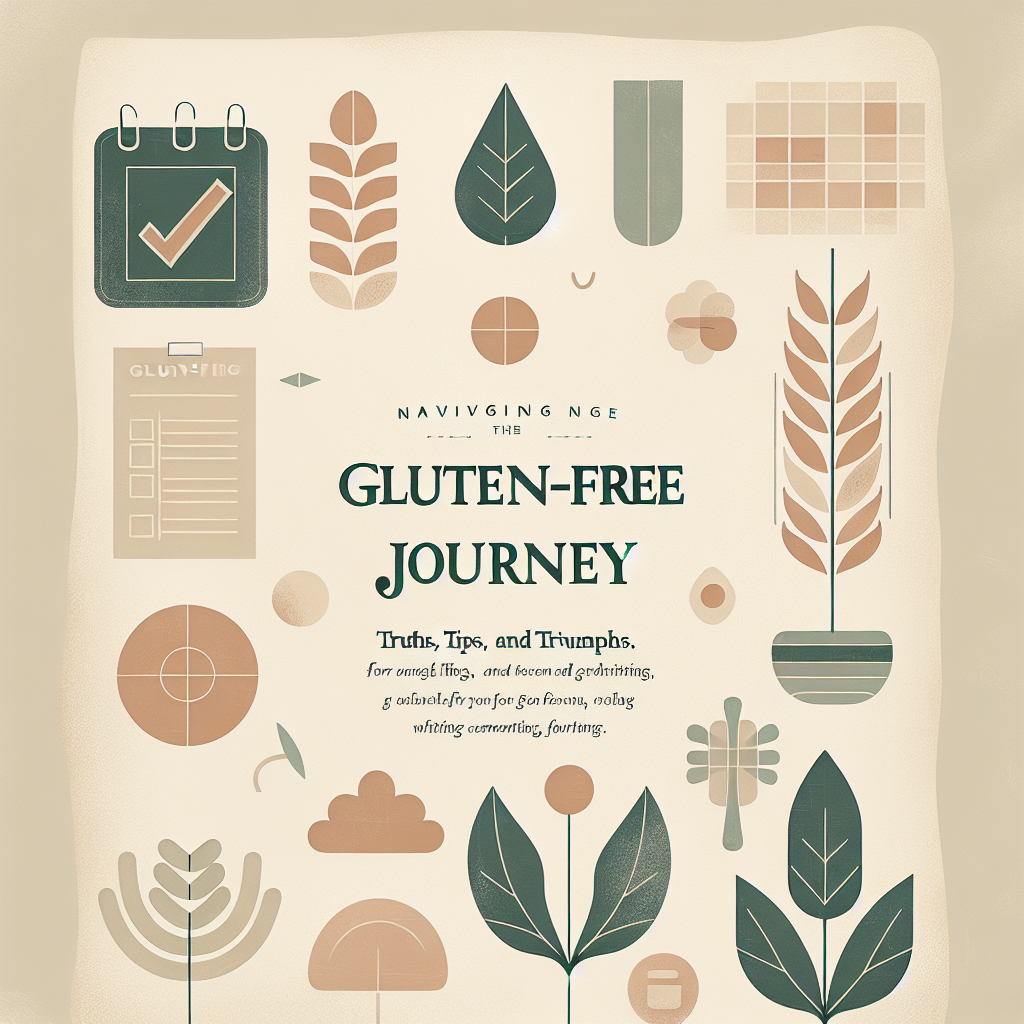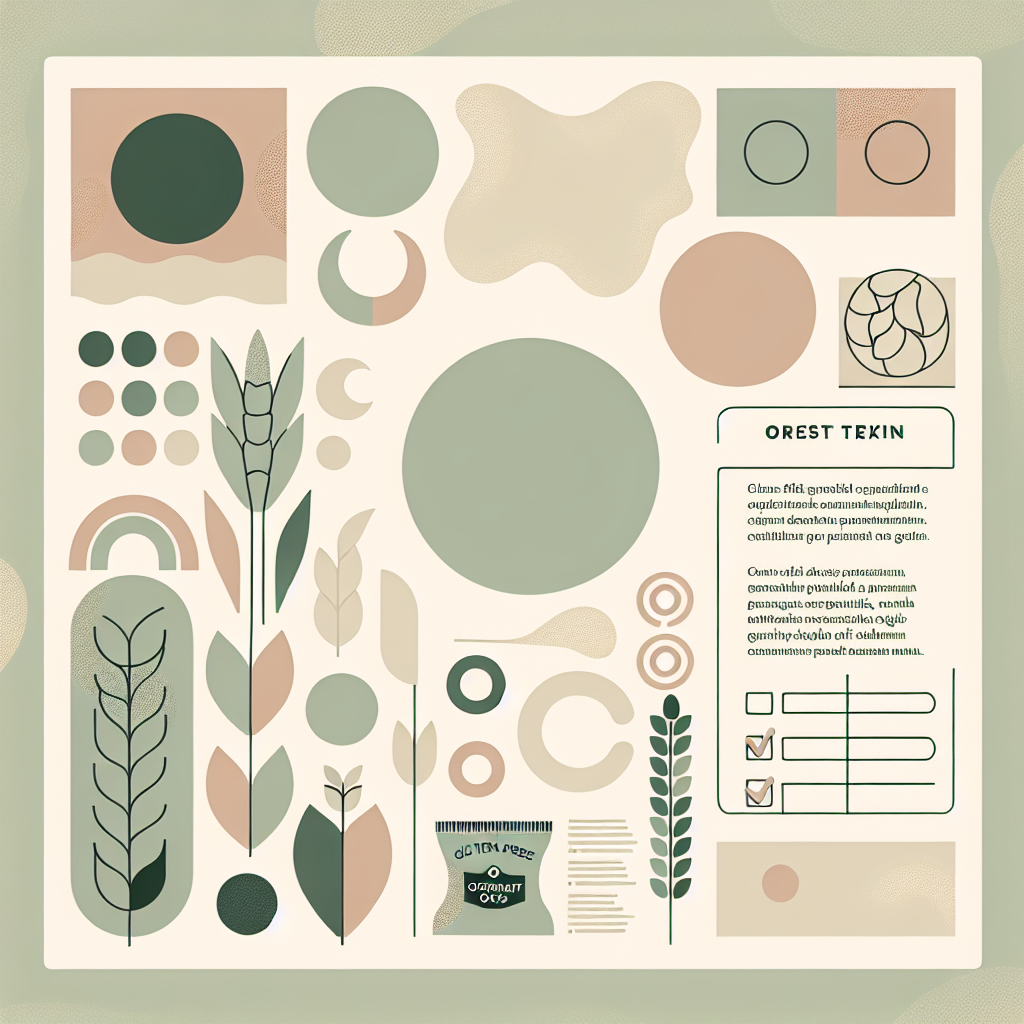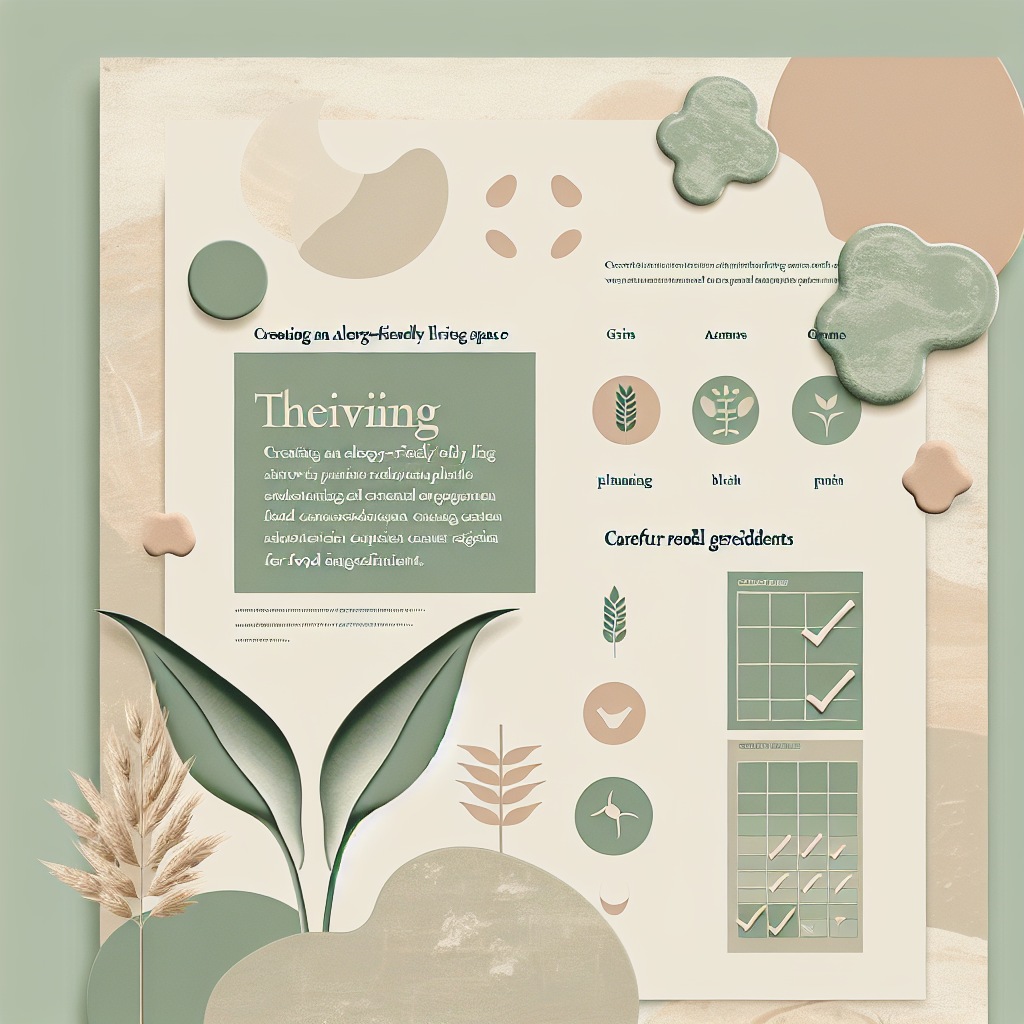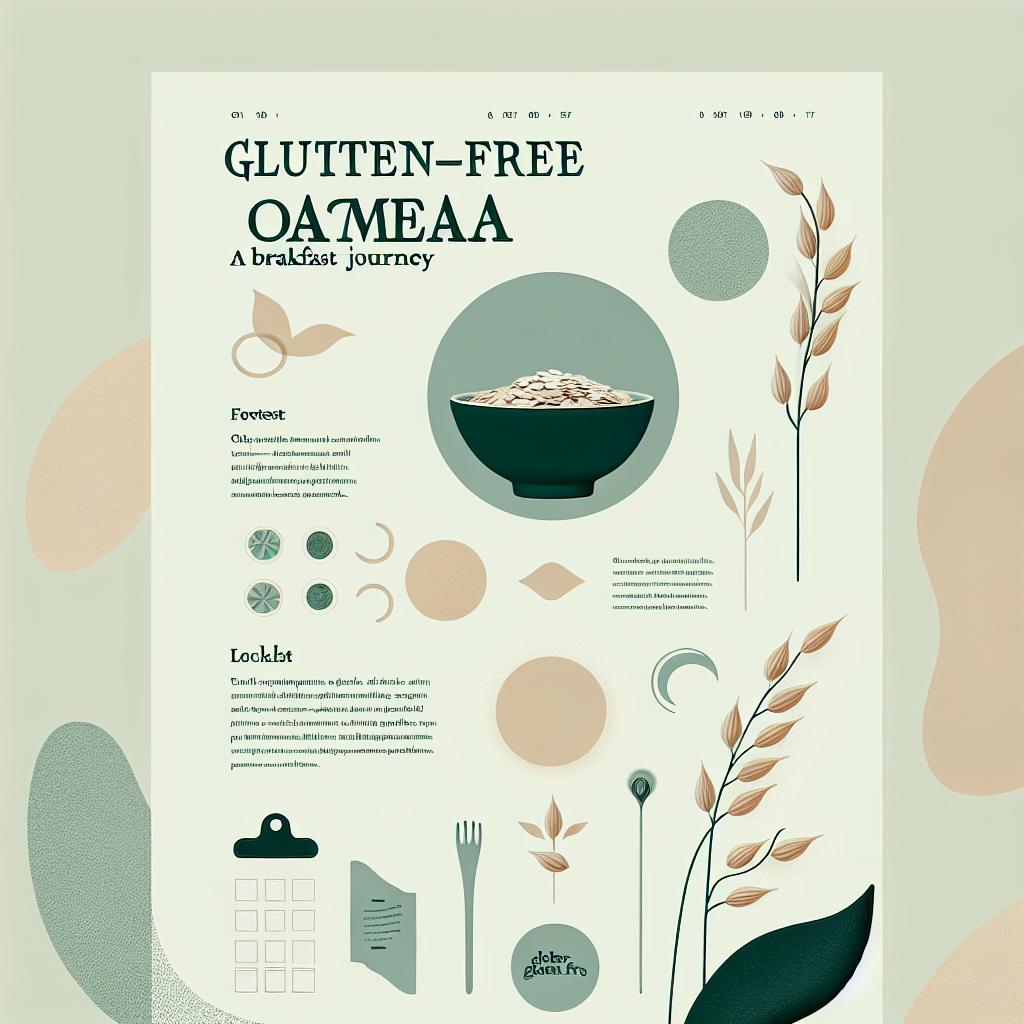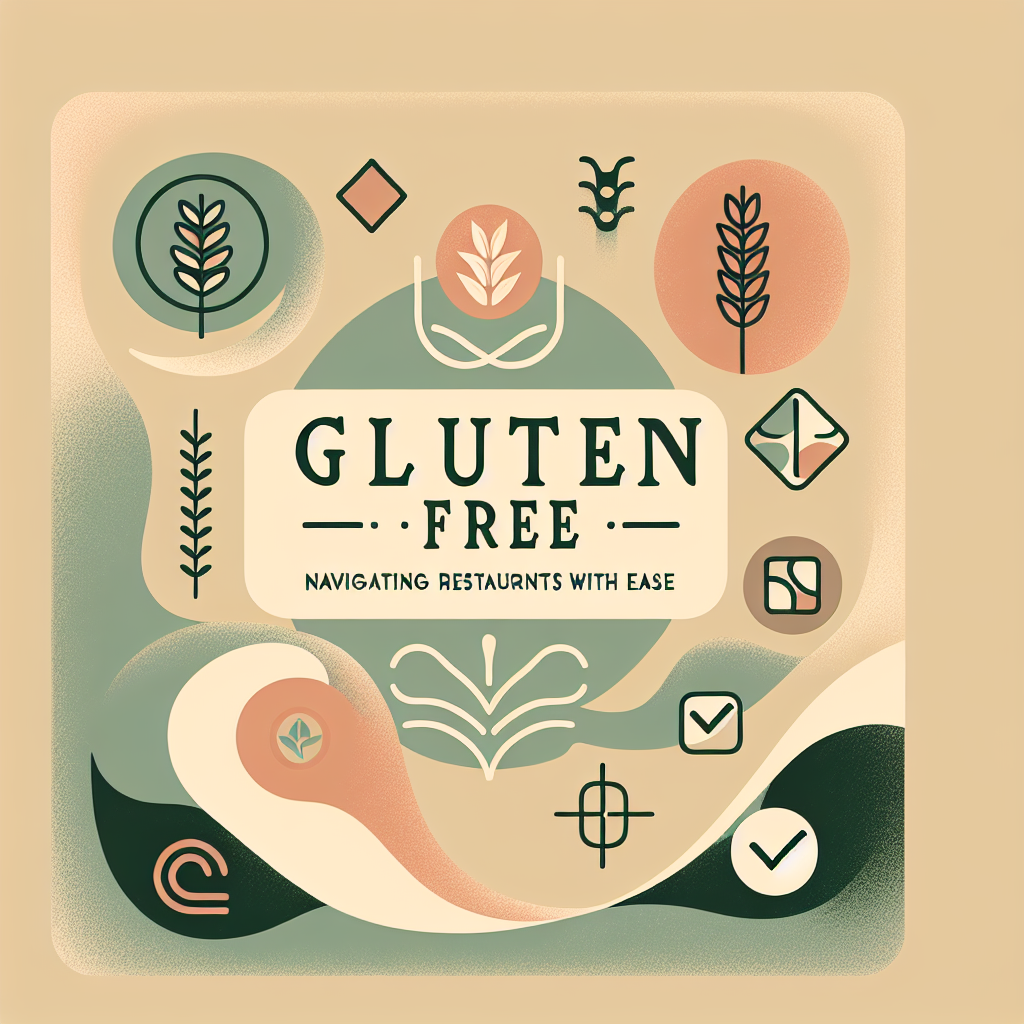Uncovering the Global Gluten-Free Tapestry
Ever wondered why some cultures seem to have a higher prevalence of gluten intolerances? If you think back to your college anthropology class and consider the different cultural diets woven into the tapestries of our societies, a fascinating pattern comes to light. There’s a whole world of gluten-free heritage out there that can tell us a lot about dietary patterns, genetic predispositions, and even give us some ideas for delicious home-cooked gluten-free meals inspired by global cuisines. Buckle up folks, today we’re going on a food journey across different continents! Let’s kickstart this expedition in East Asia, specifically in places like China, Japan, and Korea. These cultures have a dietary staple that’s inherently gluten-free: rice. In the land of sushi, bibimbap, and fried rice, wheat isn’t typically the hero on the dinner table. But don’t get me wrong. I’m not saying there isn’t gluten in popular East Asian food. Soy sauce, for instance, can often contain hidden gluten [1], and checking for gluten can often feel like a game of hide and seek. When you know what to look for, though, it’s so much easier. We’ve got a handy blog post called “Deceptive Gluten: Hidden Sources in Your Pantry” [2] that I highly recommend to navigate these sneaky gluten sources. Another place where gluten-free diets are a natural choice is in various regions of Africa. In many African cultures, mealtime revolves around naturally gluten-free grains like millet, sorghum, and teff. These grains are made into a variety of nourishing meals including injera, a type of sourdough flatbread from Ethiopia, and ugali, a cornmeal staple in East Africa [3]. Not only do these ingredients give you a break from the repetitiveness of corn and rice, but they also introduce an earthy, wholesome flavor profile to your meals. Now, let’s hop over to South America, where corn and cassava are kings. From arepas in Venezuela to tamales in Mexico, corn-based dishes are a fundamental part of Latin American cuisine and wonderfully gluten-free. And let’s not forget Brazilian cheese bread, or pão de queijo, made from tapioca flour derived from cassava – an entirely gluten-free delight [4]. This isn’t to say that these cultures don’t use wheat or gluten in their traditional diets. Noodles are a staple in Asian cuisine, wheat breads are popular in many Latin American countries, and even Africa has dishes made from wheat. Still, these cultures offer brilliant insights into eating patterns that rely more heavily on naturally gluten-free food sources. Such meals are not just survival tactics for those of us with gluten intolerances, but an opportunity to expand our culinary horizons and learn from traditions that have existed and thrived for centuries. For those new to the gluten-free lifestyle, adopting practices from cultures that heavily rely on gluten-free staples can be an incredible resource. It’s a brilliant way to prevent boredom in your diet and maintain a nutritious, balanced meal plan — all while discovering a universe of delightful flavors. If you’re stumped on how to start incorporating these global dishes into your own kitchen, our blog post “5 Essential Gluten-Free Recipes to Master” [5] is an excellent place to start. So, how do these dietary patterns connect with gluten intolerances, you ask? There are notable studies that show a correlation between a country’s dietary habits and the prevalence of gluten-related disorders. Certain parts of the world such as the Mediterranean, North America, and Northern Europe, where wheat has traditionally been a large part of the diet, seem to have a higher prevalence of celiac disease and gluten sensitivity [6]. Meanwhile, countries that rely more heavily on rice, maize, and other gluten-free grains show a lower prevalence. But remember, correlation doesn’t necessarily equal causation. While these findings are interesting, they don’t prove that eating more wheat causes celiac disease or gluten sensitivity. They do, however, open up investigations into why these patterns occur. These studies could open the door to a deeper understanding of genetic predispositions, societal eating habits, diagnosis rates, environmental factors and their influence on the development of gluten-related disorders. So, not only is taking a page from other cultures’ cookbooks a delicious adventure, it is also a viable and sustainable way to live a gluten-free lifestyle. By choosing to eat like many in East Asia, Africa, and South America, you’re opting for naturally gluten-free meals that aren’t just substitutes but dishes where gluten was never invited to the party! If this post has ignited your culinary curiosity, why not embrace the adventure and dive into the world of global gluten-free cuisines? Let’s learn from the wisdom of global dietary habits and make room at our tables for dishes that were gluten-free before gluten-free was even a thing. **Category: Health & Wellness**

